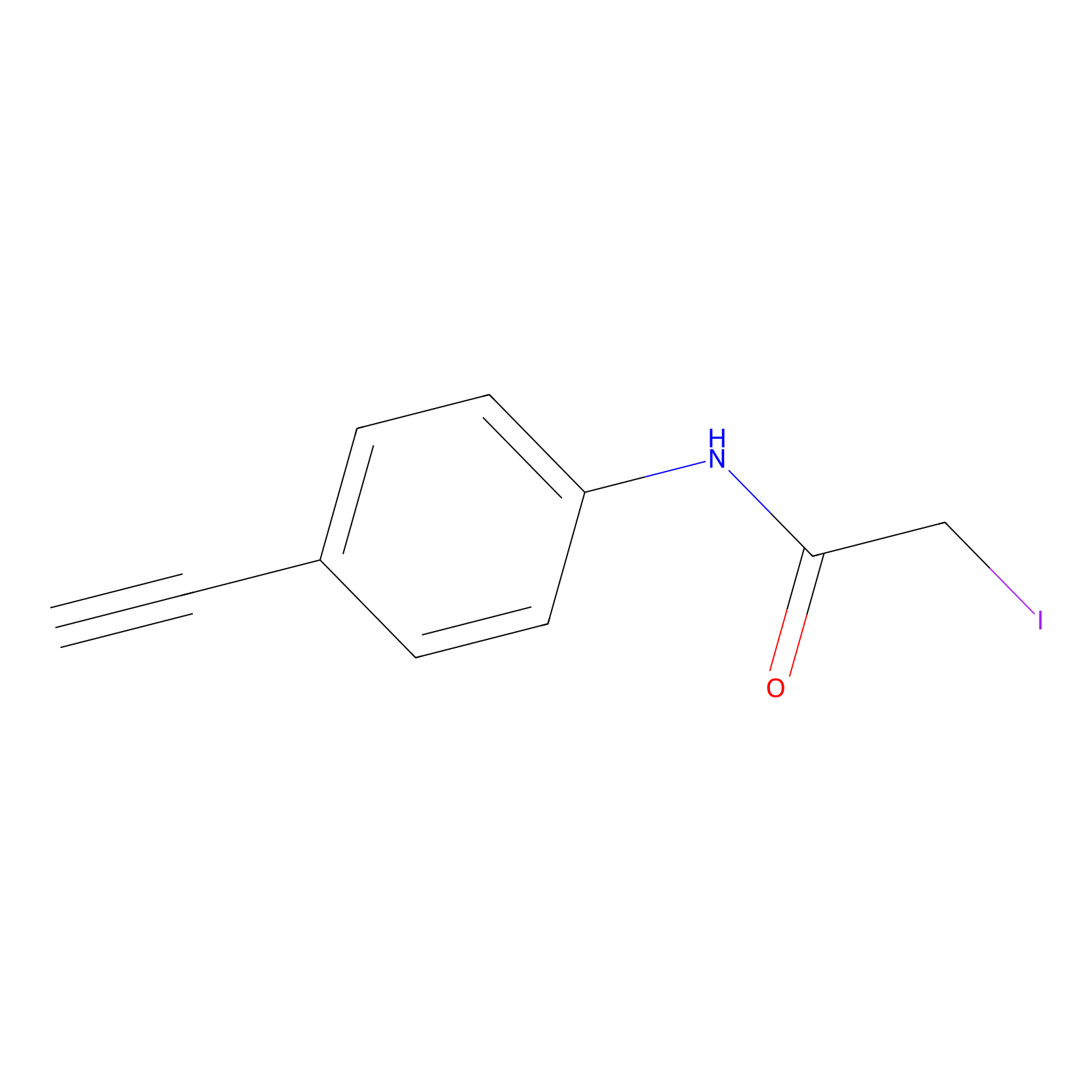Details of the Target
General Information of Target
| Target ID | LDTP07996 | |||||
|---|---|---|---|---|---|---|
| Target Name | NLR family CARD domain-containing protein 3 (NLRC3) | |||||
| Gene Name | NLRC3 | |||||
| Gene ID | 197358 | |||||
| Synonyms |
NOD3; NLR family CARD domain-containing protein 3; CARD15-like protein; Caterpiller protein 16.2; CLR16.2; NACHT, LRR and CARD domains-containing protein 3; Nucleotide-binding oligomerization domain protein 3
|
|||||
| 3D Structure | ||||||
| Sequence |
MRKQEVRTGREAGQGHGTGSPAEQVKALMDLLAGKGSQGSQAPQALDRTPDAPLGPCSND
SRIQRHRKALLSKVGGGPELGGPWHRLASLLLVEGLTDLQLREHDFTQVEATRGGGHPAR TVALDRLFLPLSRVSVPPRVSITIGVAGMGKTTLVRHFVRLWAHGQVGKDFSLVLPLTFR DLNTHEKLCADRLICSVFPHVGEPSLAVAVPARALLILDGLDECRTPLDFSNTVACTDPK KEIPVDHLITNIIRGNLFPEVSIWITSRPSASGQIPGGLVDRMTEIRGFNEEEIKVCLEQ MFPEDQALLGWMLSQVQADRALYLMCTVPAFCRLTGMALGHLWRSRTGPQDAELWPPRTL CELYSWYFRMALSGEGQEKGKASPRIEQVAHGGRKMVGTLGRLAFHGLLKKKYVFYEQDM KAFGVDLALLQGAPCSCFLQREETLASSVAYCFTHLSLQEFVAAAYYYGASRRAIFDLFT ESGVSWPRLGFLTHFRSAAQRAMQAEDGRLDVFLRFLSGLLSPRVNALLAGSLLAQGEHQ AYRTQVAELLQGCLRPDAAVCARAINVLHCLHELQHTELARSVEEAMESGALARLTGPAH RAALAYLLQVSDACAQEANLSLSLSQGVLQSLLPQLLYCRKLRLDTNQFQDPVMELLGSV LSGKDCRIQKISLAENQISNKGAKALARSLLVNRSLTSLDLRGNSIGPQGAKALADALKI NRTLTSLSLQGNTVRDDGARSMAEALASNRTLSMLHLQKNSIGPMGAQRMADALKQNRSL KELMFSSNSIGDGGAKALAEALKVNQGLESLDLQSNSISDAGVAALMGALCTNQTLLSLS LRENSISPEGAQAIAHALCANSTLKNLDLTANLLHDQGARAIAVAVRENRTLTSLHLQWN FIQAGAAQALGQALQLNRSLTSLDLQENAIGDDGACAVARALKVNTALTALYLQVASIGA SGAQVLGEALAVNRTLEILDLRGNAIGVAGAKALANALKVNSSLRRLNLQENSLGMDGAI CIATALSGNHRLQHINLQGNHIGDSGARMISEAIKTNAPTCTVEM |
|||||
| Target Bioclass |
Other
|
|||||
| Family |
NLRP family
|
|||||
| Subcellular location |
Cytoplasm
|
|||||
| Function |
Negative regulator of the innate immune response. Attenuates signaling pathways activated by Toll-like receptors (TLRs) and the DNA sensor STING/TMEM173 in response to pathogen-associated molecular patterns, such as intracellular poly(dA:dT), but not poly(I:C), or in response to DNA virus infection, including that of Herpes simplex virus 1 (HSV1). May affect TLR4 signaling by acting at the level of TRAF6 ubiquitination, decreasing the activating 'Lys-63'-linked ubiquitination and leaving unchanged the degradative 'Lys-48'-linked ubiquitination. Inhibits the PI3K-AKT-mTOR pathway possibly by directly interacting with the posphatidylinositol 3-kinase regulatory subunit p85 (PIK3R1/PIK3R2) and disrupting the association between PIK3R1/PIK3R2 and the catalytic subunit p110 (PIK3CA/PIK3CB/PIK3CD) and reducing PIK3R1/PIK3R2 activation. Via its regulation of the PI3K-AKT-mTOR pathway, controls cell proliferation, predominantly in intestinal epithelial cells. May also affect NOD1- or NOD2-mediated NF-kappa-B activation. Might also affect the inflammatory response by preventing NLRP3 inflammasome formation, CASP1 cleavage and IL1B maturation.
|
|||||
| Uniprot ID | ||||||
| Ensemble ID | ||||||
| HGNC ID | ||||||
Target Site Mutations in Different Cell Lines
Probe(s) Labeling This Target
ABPP Probe
| Probe name | Structure | Binding Site(Ratio) | Interaction ID | Ref | |
|---|---|---|---|---|---|
|
4-Iodoacetamidophenylacetylene Probe Info |
 |
N.A. | LDD0038 | [1] | |
|
IA-alkyne Probe Info |
 |
C224(0.00); C195(0.00) | LDD0166 | [2] | |
Competitor(s) Related to This Target
The Interaction Atlas With This Target
References
